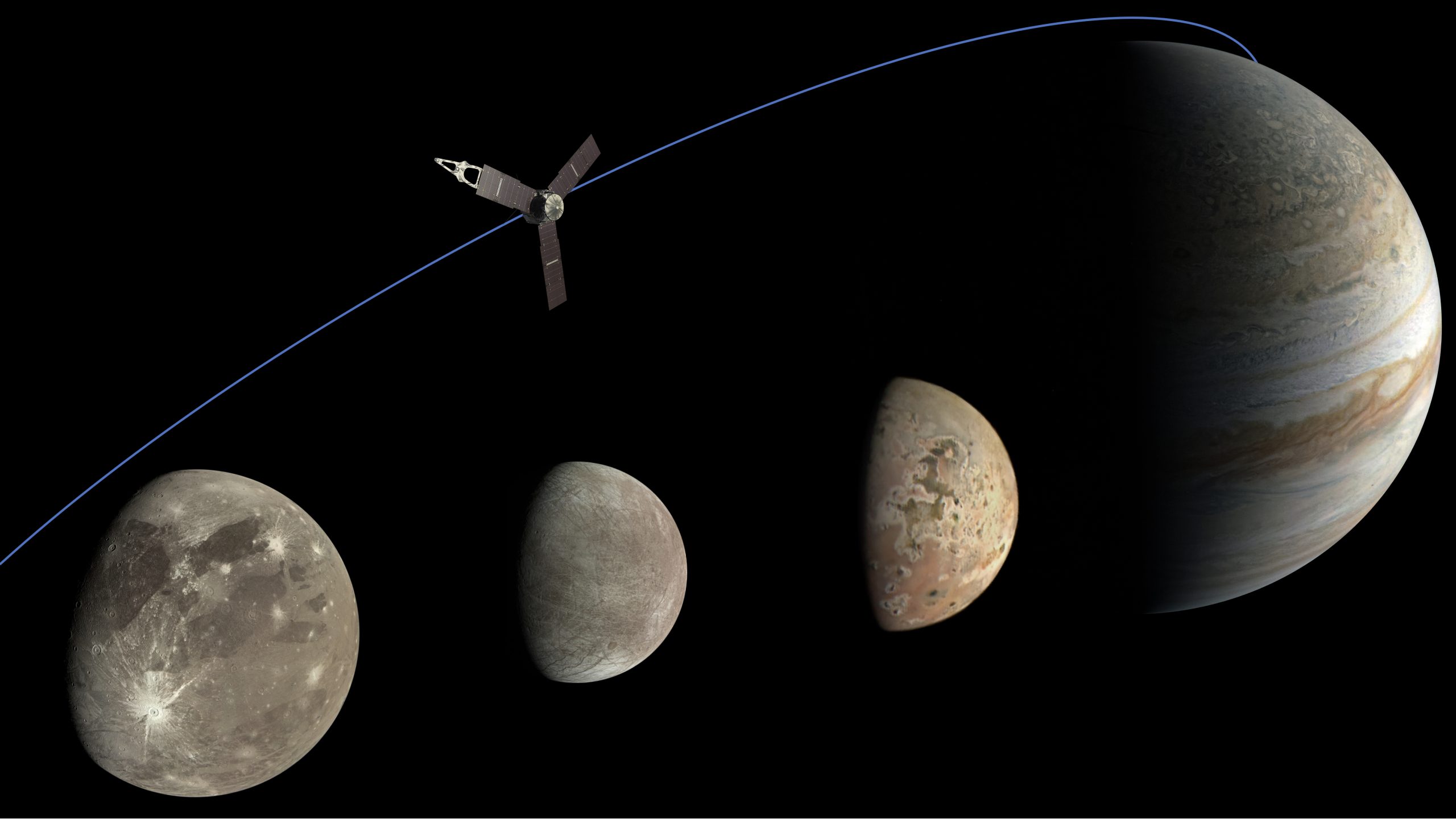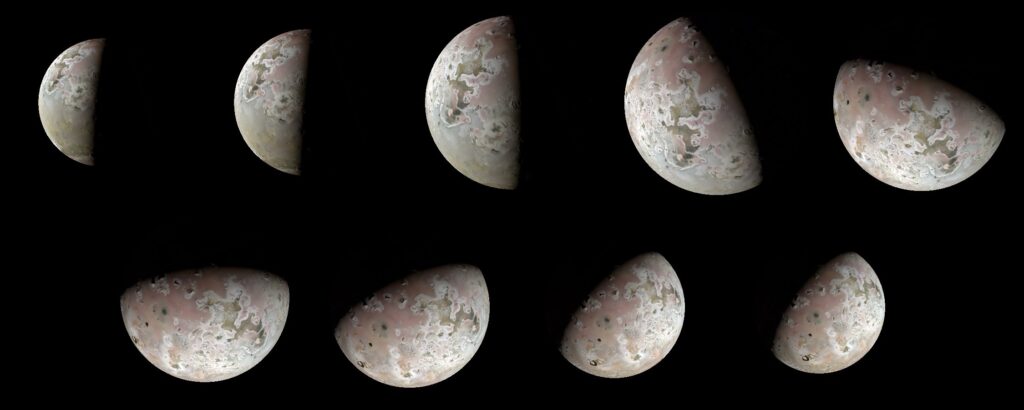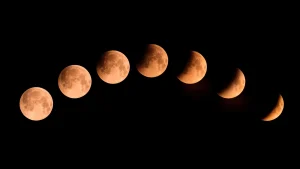Juno Spacecraft Captured the BEST Portrait of Jupiter’s Volcanic Moon Io in Years
17th Oct 2023
A stunning shot of Jupiter, along with its fiery moon, Io, has been captured by NASA’s Juno mission.
On 30th July, Juno captured a new perspective of Io during its 53rd close flyby of Jupiter. In the foreground, Jupiter is displayed in remarkable detail, showcasing its vibrant cloud bands and swirling spots. The background presents a glimpse of Io, revealing its dark, molten-red surface.
Amateur astronomer Alain Mirón Velázquez created this dramatic view using raw data from the JunoCam instrument. Enhancements were made to the celestial bodies’ contrast, colour, and sharpness. When the photo was taken, the spacecraft was approximately 32,170 miles (about 51,770 kilometers) away from Io and about 245,000 miles (about 395,000 kilometers) above the cloud tops of Jupiter, as stated by NASA.

The Intriguing World of Jupiter and Its Moons
Jupiter, the largest planet in our solar system, is orbited by 92 moons. Among these, the fifth moon, Io, is slightly larger than Earth’s moon and is the fourth-largest moon in the solar system. It is also the third-largest and innermost Galilean satellite of Jupiter. The term ‘Galilean satellite’ describes the first four moons of Jupiter discovered by Galileo Galilei in 1610 to orbit a celestial object other than the sun.
Io holds the title of being the most volcanically active body in the solar system. It houses hundreds of volcanoes which frequently erupt, ejecting molten lava and sulfurous gas plumes hundreds of miles into the atmosphere. Recent close flybys of Io have provided scientists with the opportunity to study this volcanic moon and its tortured surface in greater detail.
Juno: A Crucial Tool for Space Exploration
“Since 2007, the closest looks at Io have been provided by Juno, and additional images and data from its suite of scientific instruments will be gathered during even closer passes in late 2023 and early 2024,” stated NASA officials.
The public is able to access the images that are collected by Juno online. This accessibility has enabled amateur scientists to contribute to thousands of important scientific discoveries since Juno’s arrival at Jupiter in 2016.
The Best Juno Images of Io in Decades
On 16 October, NASA’s Juno spacecraft captured the best images of Jupiter’s moon Io in decades, passing by at a distance of 11,645 kilometers. The shadows of its volcanoes — some speculated to be taller than Mount Everest — can be discerned in the latest image, which is presented in enhanced colour.
As the Juno explorer’s orbit brings it progressively closer to the moon with each pass, the expectation is mounting for even closer images of Io in the coming months. By February 2024, it is projected to descend to within 1500 kilometers of Io’s surface.
Further Exploration of Jupiter’s Moons
Launched in 2011, Juno entered Jupiter’s orbit in 2016 and it has been investigating the planet and its numerous moons ever since. Along with flybys of Io and Juno, last year, the explorer flew within 352 kilometers of Europa, providing the closest images of that moon in more than two decades.






Thank you for your comment! It will be visible on the site after moderation.